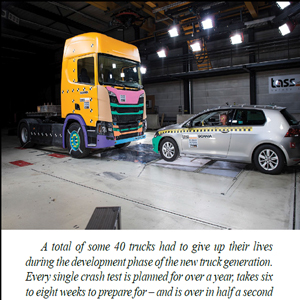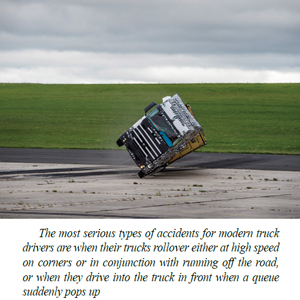THANK YOU FOR SUBSCRIBING
Editor's Pick (1 - 4 of 8)

New Technologies and Methods as Means to Achieve Safer Transports
Alexander Mastrovito, Head of Sustainable Transport Solutions, Scania Group


Alexander Mastrovito, Head of Sustainable Transport Solutions, Scania Group
 We do so through the development of new technologies and working methods. Some mandated by regulations, and others developed either as good internal ideas or spurred on by the requirements of our customers. But whichever its source may be, the goal is always to be able to transfer as much safety performance as possible to the operators of our vehicles.
We do so through the development of new technologies and working methods. Some mandated by regulations, and others developed either as good internal ideas or spurred on by the requirements of our customers. But whichever its source may be, the goal is always to be able to transfer as much safety performance as possible to the operators of our vehicles.
 Today we see the most important developments for safer transports in the areas of Driver Training, Advanced Driver Assistance Systems, Driver Monitoring, Autonomy and the always present drive to make the basic functions of a vehicle as reliable as possible.
Today we see the most important developments for safer transports in the areas of Driver Training, Advanced Driver Assistance Systems, Driver Monitoring, Autonomy and the always present drive to make the basic functions of a vehicle as reliable as possible.
One of the oft-touted promises of autonomous vehicles is that they have the potential to eliminate the 90 percent human-error-derived part of those 1.3 million aforementioned traffic deaths












